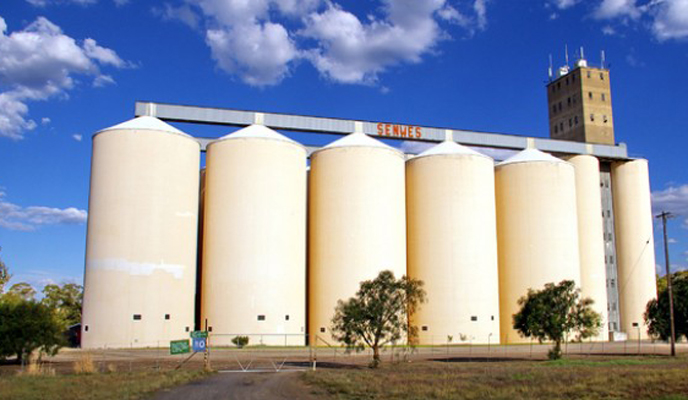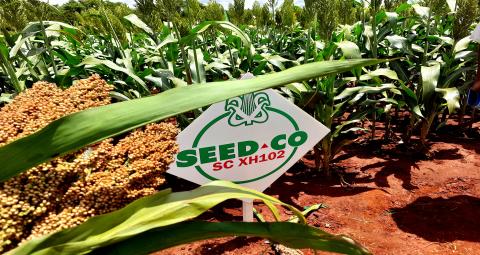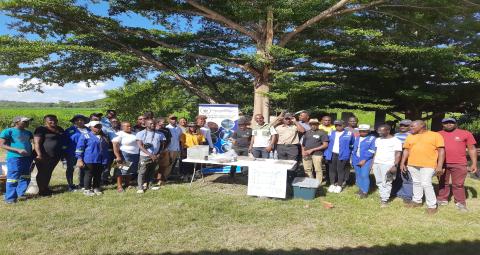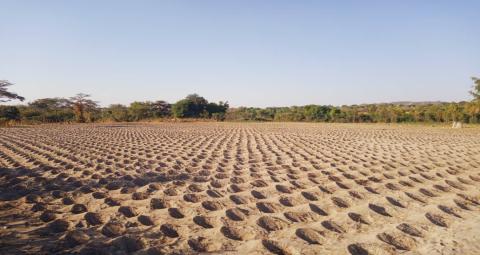
The Market Linkage Association in partnership with Government and Famine Early Warning Systems Network (FEWSNET) hosted a forum on Production and Food Security.
The forum which was attended by private sector and farmer organisations, provided insights into the National Crops and Livestock Report as well as issues around food security.
FEWSNET made the first presentation highlighting that maize production in the region during the past season is lower than the 2020/21 season with the decline in Zimbabwe relatively high at 43%.
In their presentation, FEWSNET also gave insight on the regional production statics, “Overall, harvest in the Southern African region for the 2021/22 production season was 3% below average (15% lower than last season). Carryover stocks into 2022/23 are 31% above average offsetting the below average harvests. Supplies are above average but 11% lower than last season”.
“The marketing season and grain prices are likely to trade at above average levels. The prolonged disruption to global trade in cereals and fertilizer due to the Eastern Europe conflict could significantly worsen the affordability and availability of staple foods across the region,” FEWSNET added.
Corresponding with FEWSNET, AGRITEX in their presentation on agriculture sector performance during the past season said,” There was a decline in production of all crops with maize and sorghum lower by 43 and 41%, respectively”.
AGRITEX also highlighted that, maize production was highest in Mashonaland West at 619 997 tons, with an average yield of 1.81 tons/ha. The national average maize yield was 0.82 tons/ha.
It was also noted that some 34% of the maize was produced by A2 farmers, with 32% coming from the communal farming sector.
Total food crop production (i.e., the combined volume of cereals, groundnut, round nut, sugar bean, cowpeas and sweet potato) was 2 574 933 tons compared to national requirements of 2 117 294 tons, resulting in a deficit of 457 639 tons.
Concluding their production report, AGRITEX also highlighted that at peak, about 38% of the rural households are projected to be cereal insecure which will be an increase from 27% reported in 2021. Matabeleland North (58%) is projected to have the highest prevalence of cereal insecurity during the peak hunger period.




